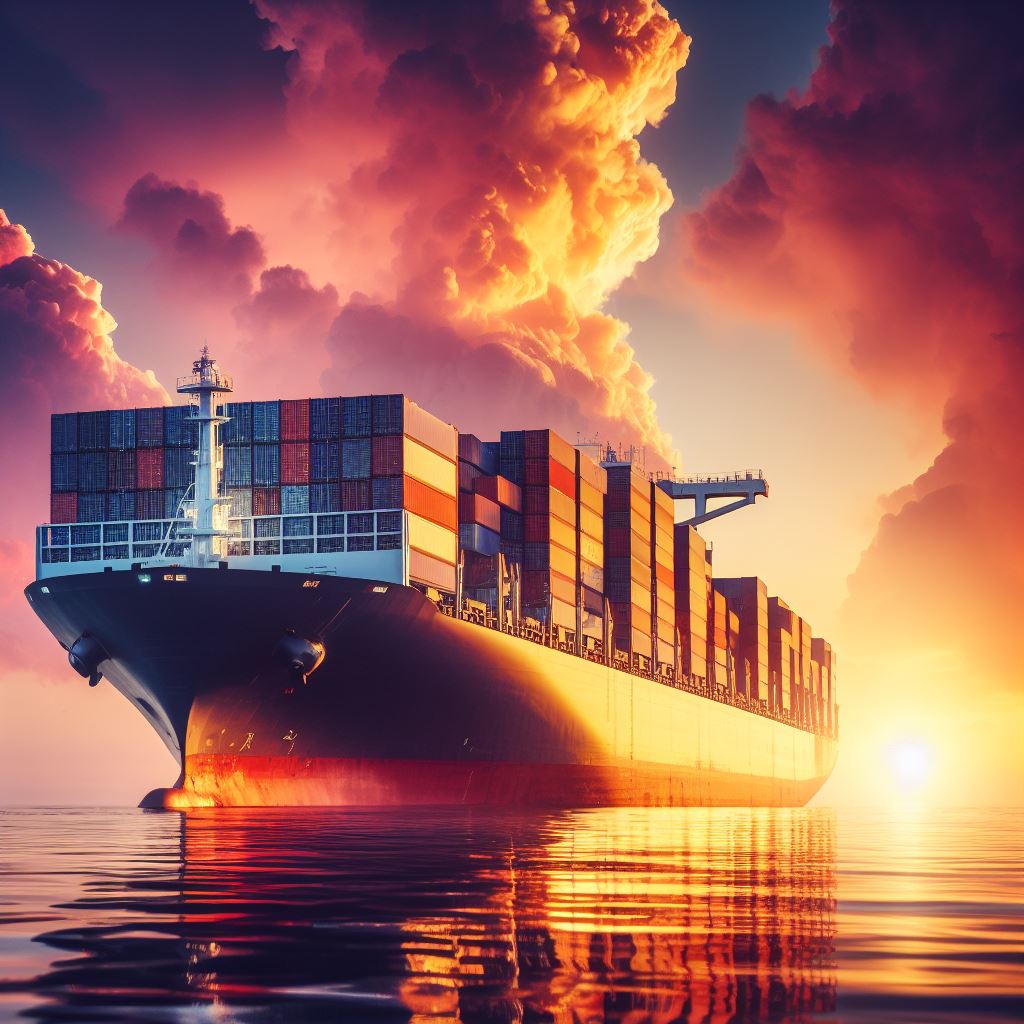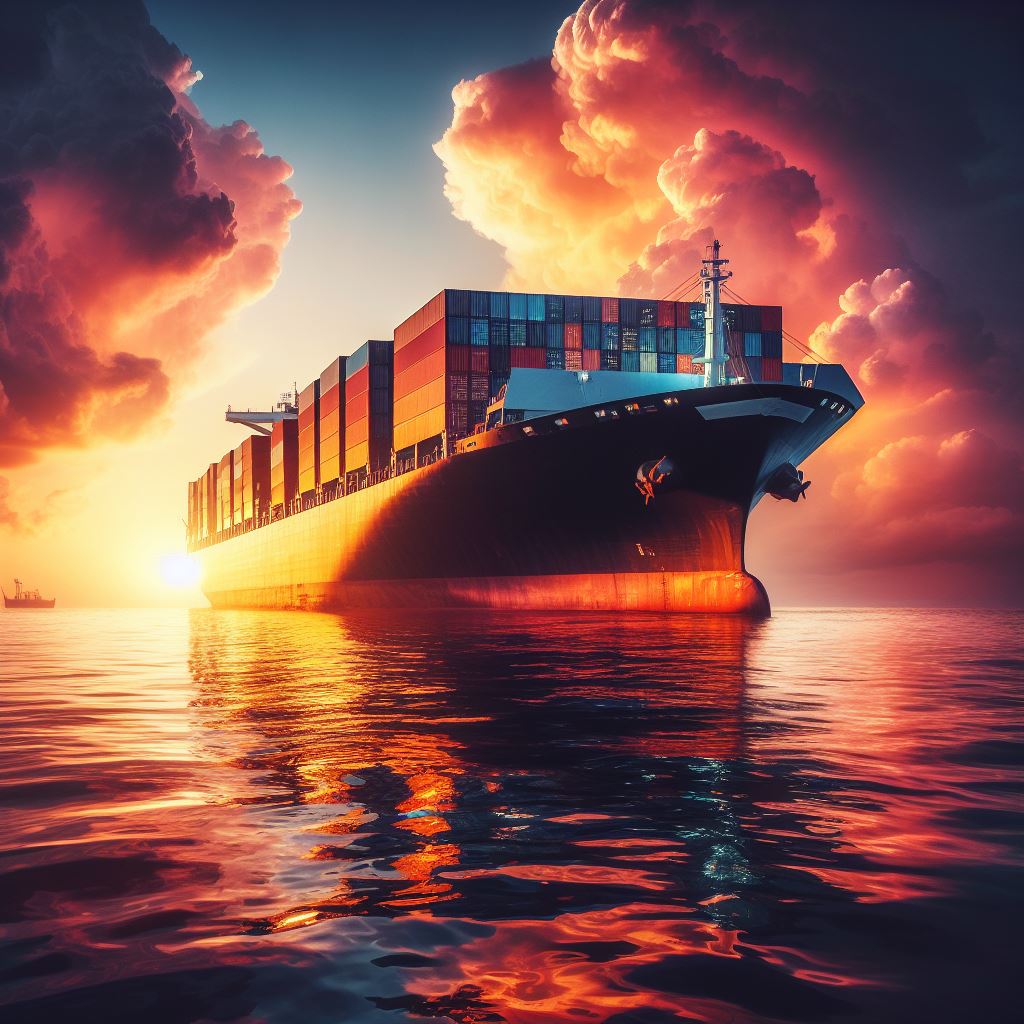A.I.S Live Ship Tracker Information
AIS Live Ship Tracking: Navigating the Digital Seas
In the vast expanse of the world's oceans, a silent digital revolution has been underway for decades. It's a revolution that often goes unnoticed by the general public but plays a pivotal role in the global economy, maritime safety, and environmental protection. This revolution is AIS (Automatic Identification System) Live Ship Tracking, a technology that has transformed the way we monitor and manage vessels at sea.
AIS: The Backbone of Modern Maritime Surveillance
Before delving into the intricacies of AIS Live Ship Tracking, it's essential to understand the basic concept of AIS. AIS is a system initially developed for collision avoidance between vessels. It relies on VHF (Very High Frequency) radio transmissions to broadcast crucial information about a ship, such as its identity, position, speed, course, and other navigational data. This information is continuously updated and can be received by other vessels and onshore stations equipped with AIS receivers.
The primary purpose of AIS is to enhance situational awareness among mariners, enabling them to make informed decisions and avoid collisions. However, as technology evolved, so did the applications of AIS data. AIS Live Ship Tracking emerged as a powerful tool for monitoring, managing, and even predicting maritime activities.
The Elements of AIS Live Ship Tracking
AIS Live Ship Tracking comprises several interconnected elements that work together seamlessly to provide real-time and historical data about vessel movements. These elements include:
-
AIS Transponders: Every vessel required to carry AIS equipment is equipped with an AIS transponder. These devices continuously broadcast the ship's information, which includes its MMSI (Maritime Mobile Service Identity) number, GPS coordinates, speed over ground, course over ground, and other relevant details.
-
AIS Receivers: To track vessels, AIS receivers are strategically placed along coastlines, on buoys, and even on satellites. These receivers capture the AIS transmissions from passing ships and relay the data to a central database.
-
Data Processing: The raw AIS data collected from receivers is processed, filtered, and enriched with additional information, such as vessel names, types, and destinations. Advanced algorithms are employed to ensure data accuracy and integrity.
-
User Interface: The processed data is made accessible to various users through user-friendly interfaces, including websites, mobile apps, and specialized software. These interfaces allow users to visualize vessel positions, set up alerts, and access historical data.
-
Data Analytics: Beyond real-time tracking, AIS Live Ship Tracking data is increasingly used for analytics. Researchers and organizations analyze historical AIS data to study vessel patterns, optimize shipping routes, and assess environmental impacts.
The Applications of AIS Live Ship Tracking
AIS Live Ship Tracking has far-reaching implications across various sectors, some of which include:
-
Maritime Safety: The technology significantly enhances maritime safety by providing real-time information to vessels, port authorities, and maritime traffic management centers. It helps prevent collisions, groundings, and other accidents at sea.
-
Search and Rescue: In cases of emergencies, AIS data is invaluable for search and rescue operations. It enables authorities to quickly locate distressed vessels and coordinate rescue efforts.
-
Port Management: Ports around the world use AIS Live Ship Tracking to manage vessel traffic efficiently. It helps optimize berth allocations, reduce waiting times, and improve overall port operations.
-
Environmental Protection: AIS data aids in monitoring and mitigating the environmental impact of maritime activities. It can track vessels carrying hazardous cargo, monitor oil spills, and enforce regulations in protected marine areas.
-
Security: AIS Live Ship Tracking is a critical tool for maritime security. It helps identify suspicious or unauthorized vessel movements, supporting efforts to combat illegal activities such as piracy, smuggling, and illegal fishing.
-
Trade and Commerce: The global shipping industry heavily relies on AIS data for logistics and supply chain management. Companies use it to track the movement of goods, estimate arrival times, and optimize shipping routes, ultimately reducing costs and improving efficiency.
Challenges and Future Developments
While AIS Live Ship Tracking has revolutionized maritime operations, it faces some challenges:
-
Data Privacy: Concerns about the privacy of vessel owners and operators have emerged, as AIS data is publicly accessible. Striking a balance between transparency and privacy is an ongoing debate.
-
Data Accuracy: While AIS data is generally reliable, there are occasional inaccuracies and instances of deliberate tampering. Ensuring data accuracy remains a priority.
-
Satellite Coverage: Remote areas of the world's oceans lack satellite coverage, limiting AIS tracking capabilities in these regions.
The future of AIS Live Ship Tracking holds exciting possibilities:
-
Integration with IoT: Integration with the Internet of Things (IoT) will enable even more comprehensive monitoring of vessels, including engine health, fuel consumption, and cargo status.
-
AI and Predictive Analytics: Advanced AI algorithms will enable predictive analytics for vessel behavior, allowing for better resource allocation and route planning.
-
Environmental Monitoring: Enhanced environmental monitoring capabilities will enable better tracking and mitigation of pollution and habitat destruction caused by maritime activities.
In conclusion, AIS Live Ship Tracking has evolved from a collision avoidance system to a multifaceted tool with far-reaching applications. Its contributions to maritime safety, environmental protection, and global commerce are undeniable. As technology continues to advance, so too will the capabilities and impact of AIS Live Ship Tracking, further shaping the future of the maritime industry.
- AIS LIVE SHIP TRACKER
- AIS LIVE SHIP TRACKER
At Clear Fr8 Manchester, we understand the importance of time-sensitive shipments. Therefore, we prioritise efficiency in our customs clearance services, striving to minimize any delays that may arise. We proactively monitor shipments, promptly address any issues, and provide real-time updates to our clients, ensuring transparency and peace of mind.
By choosing our customs clearance services, businesses can focus on their core operations while leaving the complexities of customs processes to our dedicated team. We aim to streamline international trade for our clients, reducing costs, saving time, and maximizing their competitive edge in the global market.
DOCUMENT REQUIREMENTS
- Certificate of Origin
- Bill of Lading
- Packing List
- Commercial Invoice
- Customs Clearance





